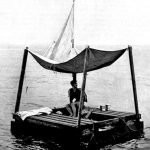History lovers, get ready for another incredible story! It’s always thrilling when a first occurs in history, especially when it involves the mysterious workings of space.
In 1954, the world was stunned by the first recorded instance of a person being struck by a meteorite.
Ann Hodges, an ordinary woman from Alabama, became the focal point of this extraordinary event.
A meteorite crashed through her roof

On the afternoon of November 30, 1954, Ann Hodges was struck by a meteorite while she napped on her sofa. Nestled under quilts, she never imagined becoming a historical figure that day.
Earlier, people in Alabama, Georgia, and Mississippi witnessed meteors streaking across the sky. Neighbors described the lights as bright red like a Roman candle trailing smoke. While most meteors burned up in the atmosphere, one meteorite made it to the surface.
The meteorite split in two just before impact, with one-half landing in a nearby field. The other half crashed through Hodges’ roof, leaving a two-foot-wide hole.
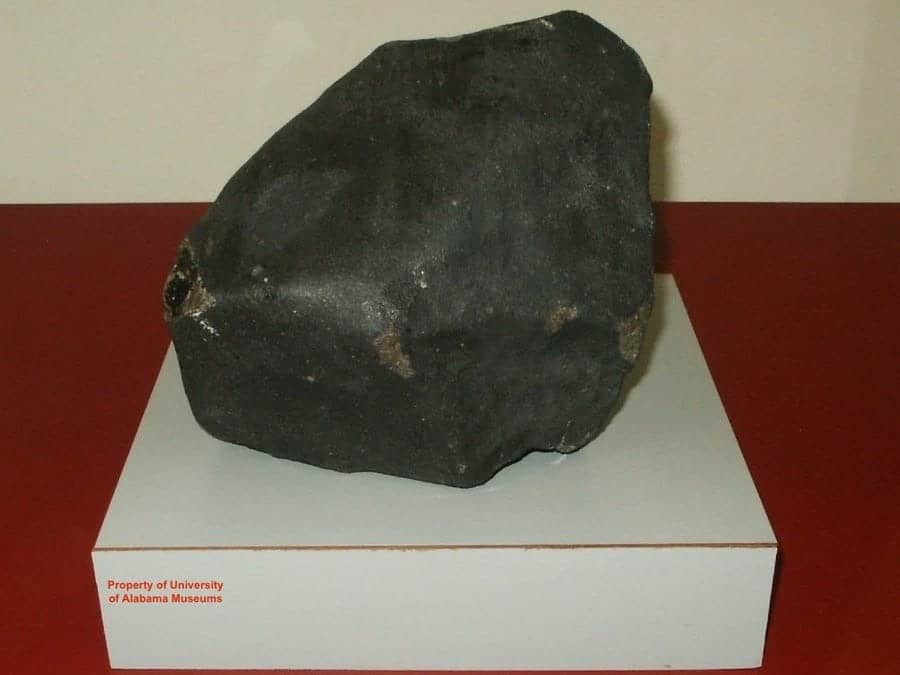
The other half crashed through Hodges’ roof and made a two-foot-wide hole. The grapefruit-sized meteorite bounced off her Philco radio, then struck her side and woke her with a massive bruise.
Hodges initially panicked, thinking her space heater had exploded or the chimney had collapsed. As the dust settled, she and her visiting mother realized they were safe.
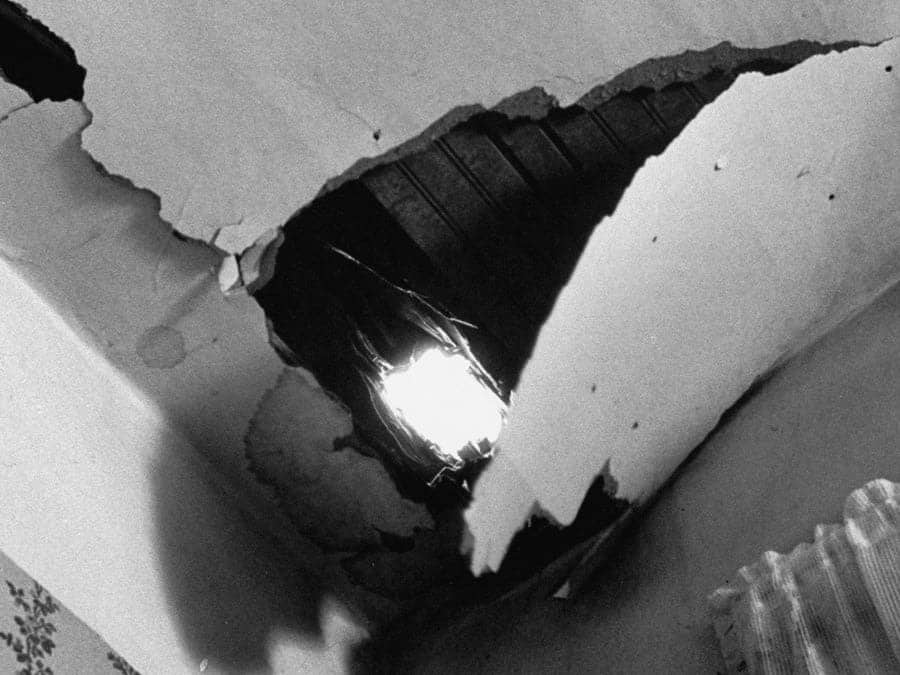
Ann had been struck by a small rock, fitting in the palm of her hand, unaware it was a meteorite and that she was the first person injured by space debris.
First responders quickly arrived after locals reported the crash. Hodges’ husband rushed home, reassured to find everything fine, though Ann was hospitalized the next day. Struggling with trauma and physical pain, she couldn’t sleep.
How was Ann Hodges after the incident?
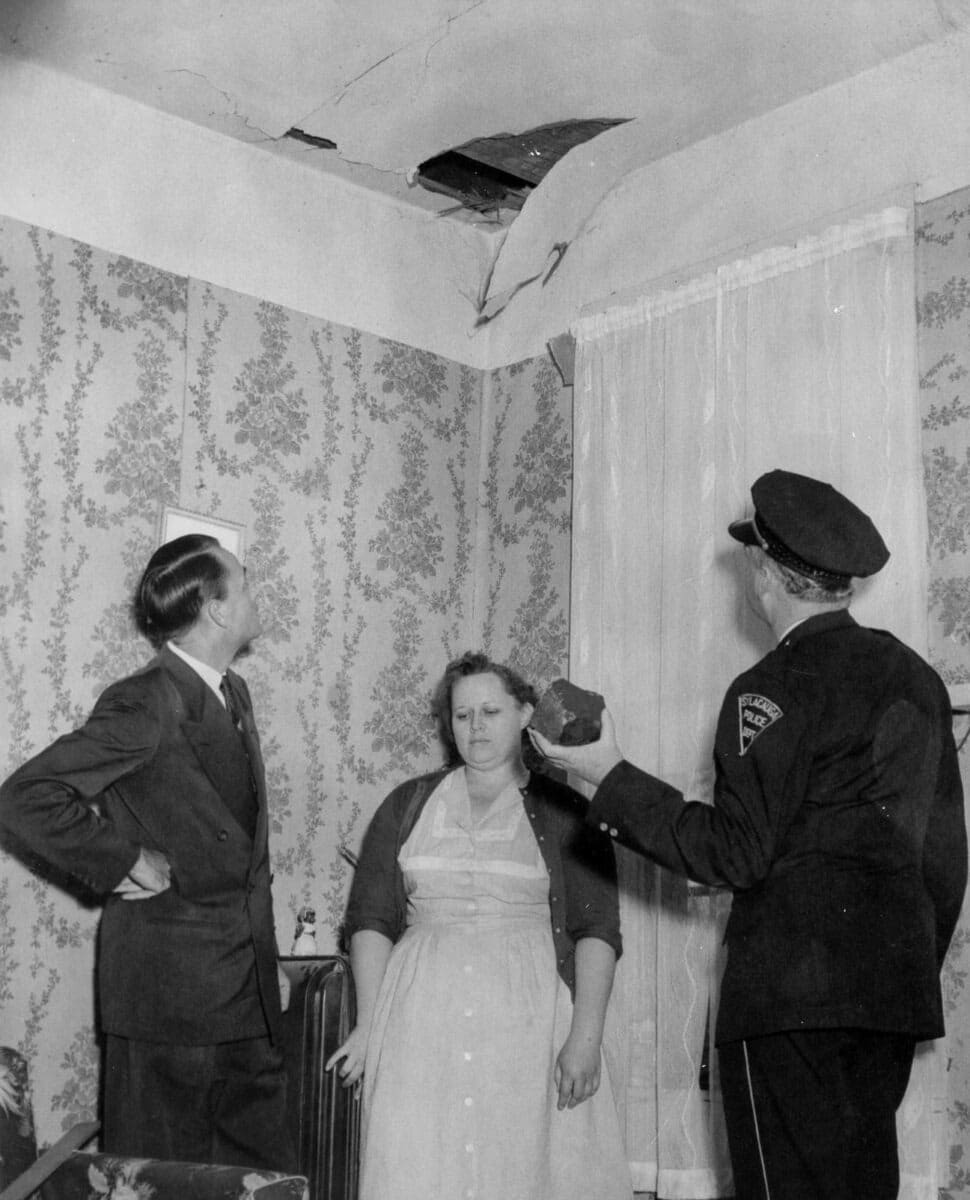
After the incident, Ann Hodges became a local celebrity, but the fame brought significant challenges. Legal battles arose over the ownership of the meteorite involving Hodges, her landlord, and the U.S. government.
“She had this incredible bruise on her hip,” Prondzinski, the collections manager at the Alabama Museum of Natural History, told Insider.
“She was taken to the hospital, not because she was so severely injured that she needed to be hospitalized, but because she was very distraught by the whole incident. She was a very nervous person, and she didn’t like all the notoriety or all the people around.”
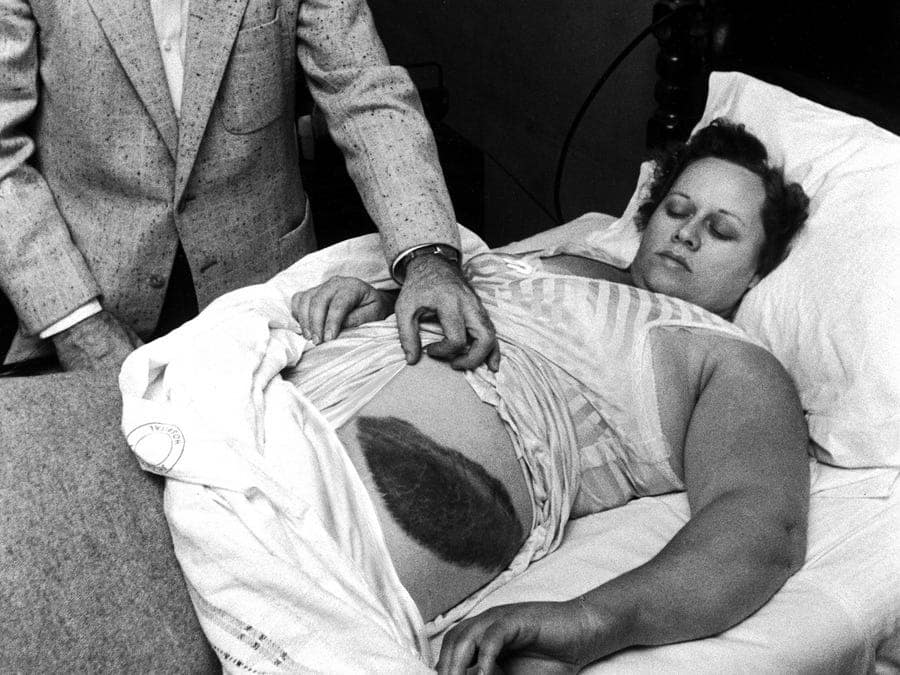
Hodges became an overnight celebrity and was even featured on a game show. “She became famous for 15 minutes. She had all these photo shoots.
She was invited to go to New York City to be on Garry Moore’s show ‘I’ve Got a Secret’ where the panel had to guess what’s her profession or what happened to her, why she is a notable figure,” Prondzinski said.

Hodges received fan mail from churches, children, and educators asking about the meteorite, but she never answered any of them, leaving it to her lawyer. “She was a very quiet person. She was a very private person,” Prondzinski said. “She did not like having all the notoriety.”
The meteorite caused problems between Hodges and her husband, Eugene. He wanted to profit from it but failed to find a buyer. The stress contributed to their divorce in 1964. In 1972, at age 52, Hodges died of kidney failure in a nursing home.
What happened to the meteorite?

The other half of the meteorite was discovered shortly after the crash by a local farmer named J. McKinney. While on his way home, the mules pulling his cart were disrupted by a strange black rock. McKinney kicked it aside, thinking nothing of it.
The next day, after hearing news reports about the meteorite, McKinney remembered the odd rock. He hurried back to recover the shiny black fragment. He let his children play with it while he investigated further.
Upon confirming it was part of the same meteorite that struck Ann Hodges, McKinney sold his shard to a private buyer. This sale provided him with enough money to purchase a new car and home.
In 2017, a portion of McKinney’s half sold again for $7,500, making the meteorite roughly 19 times more valuable than gold by weight at the time of sale.

While McKinney profited from his find, the Hodges family had a different experience. After the crash, police confiscated half of the meteorite due to concerns over national security during the Cold War. The meteorite was taken to Maxwell Air Force Base, where it was identified as space debris.
Once released from federal custody, the Hodgeses entered a legal battle with their landlord, Birdie Guy, over ownership. Guy claimed it since it landed on her property, while Hodges insisted it was hers.
Hodges insisted, “Suing is the only way she’ll ever get it.” The case was settled out of court, with the Hodgeses paying Guy $500 (nearly $6,000 today) for ownership. By then, the meteorite’s hype had faded, and they couldn’t find a buyer.
Ann Hodges eventually donated her portion of the meteorite to the Alabama Museum of Natural History to cover home repair costs. McKinney’s shard also ended up at the Smithsonian National Museum of Natural History.
Known as the Sylacauga Meteorite, the more famous half is often called the Hodges Meteorite, named after its only victim.


